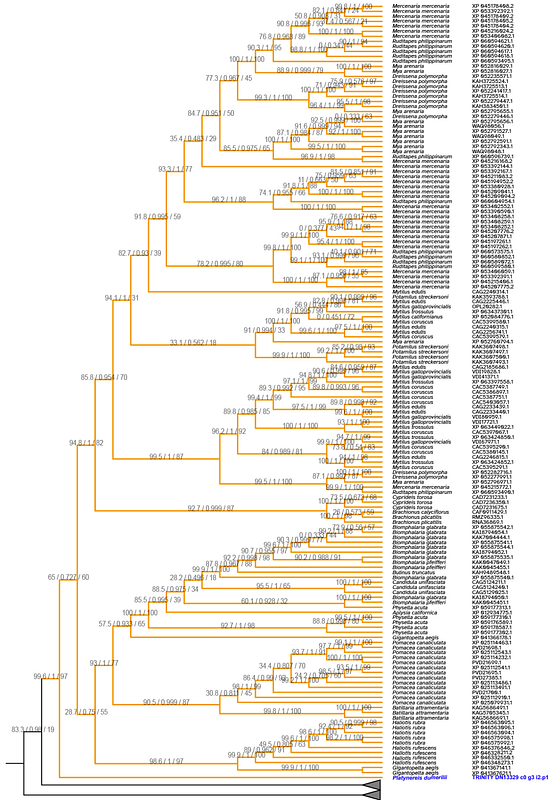Sex-biased gene expression precedes sexual dimorphism in the agonadal annelid Platynereis dumerilii

Sex-biased gene expression precedes sexual dimorphism in the agonadal annelid Platynereis dumerilii
Ribeiro, R. P.; Null, R. W.; Ozpolat, B. D.
AbstractGametogenesis is the process by which germ cells differentiate into mature sperm and oocytes, cells essential for sexual reproduction. The sex-specific molecular programs that drive spermatogenesis and oogenesis can also serve as sex identification markers. Platynereis dumerilii is a research organism that has been studied in many areas of developmental biology. However investigations often disregard sex, as P. dumerilii juveniles lack sexual dimorphism. The molecular mechanisms of gametogenesis in the segmented worm P. dumerilii are also largely unknown. In this study, we used RNA sequencing to investigate the transcriptomic profiles of gametogenesis in P. dumerilii juveniles. Our analysis revealed that sex-biased gene expression becomes increasingly pronounced during the advanced developmental stages, particularly during the meiotic phases of gametogenesis. We identified conserved genes associated with spermatogenesis, such as dmrt1, and a novel gene psmt, that is associated with oogenesis. Additionally, putative long non-coding RNAs were upregulated in both male and female gametogenic programs. This study provides a foundational resource for germ cell research in P. dumerilii, markers for sex identification, and offers comparative data to enhance our understanding of the evolution of gametogenesis mechanisms across species.


